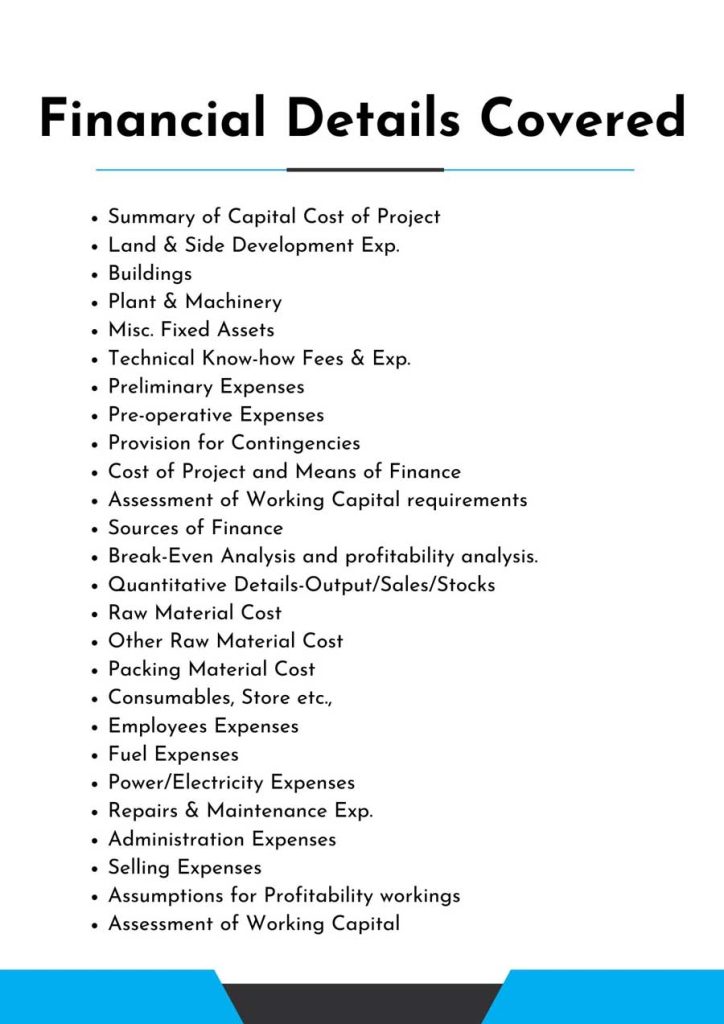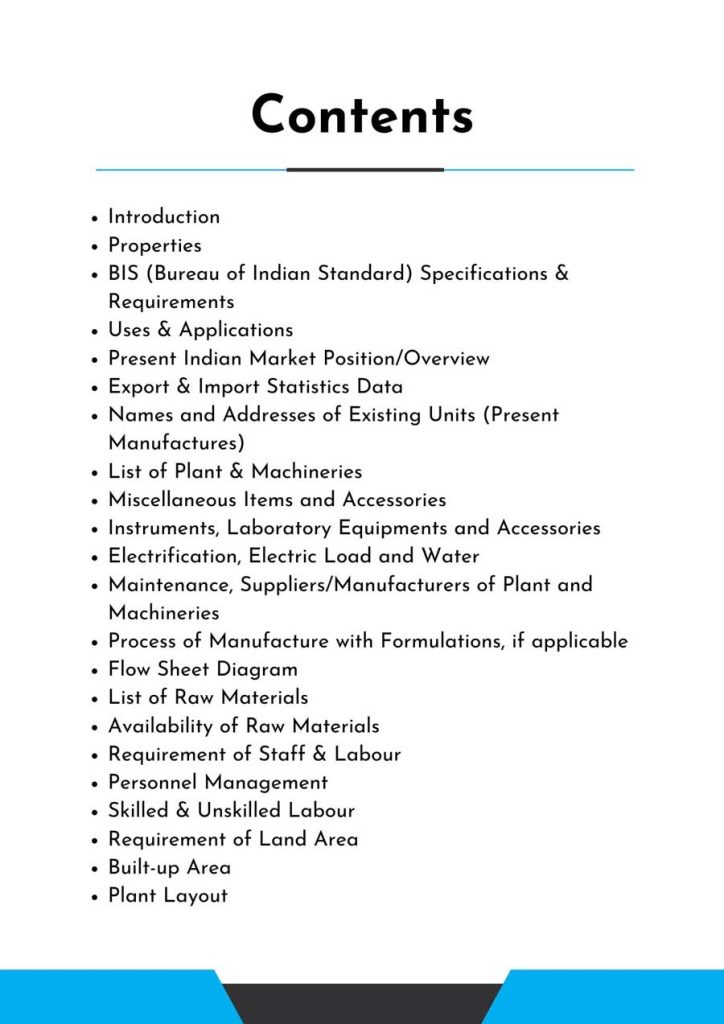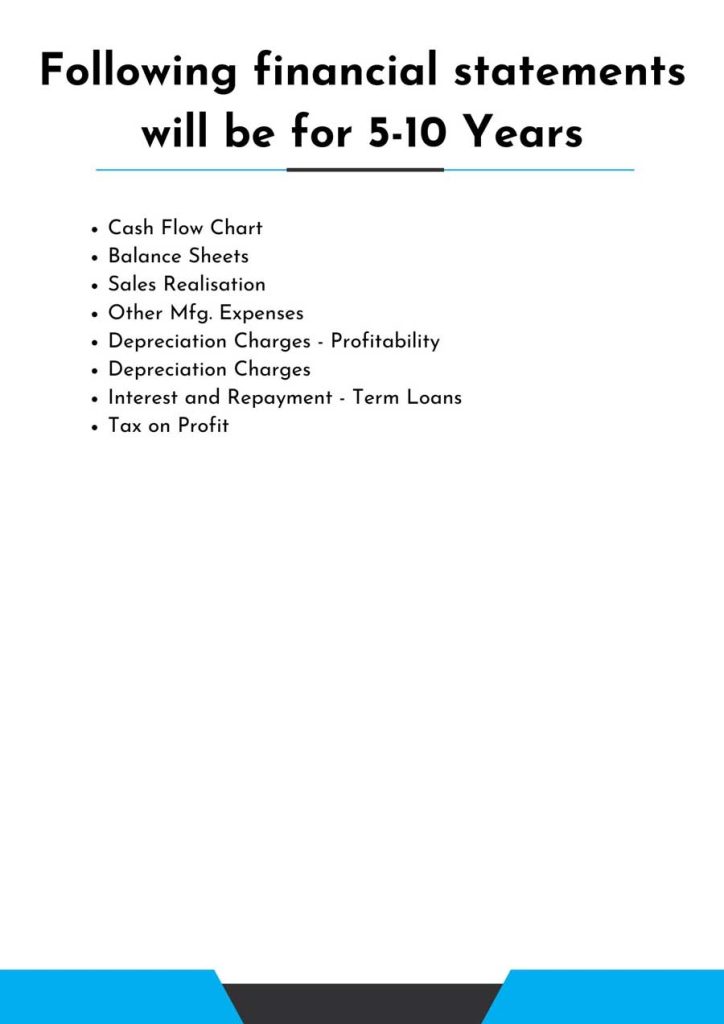Feasibility Report on
Iron Foundry
Iron Foundry is a facility where molten iron is poured into molds to create various metal products. It involves melting, casting, and shaping processes, resulting in items such as automotive parts, machinery components, and decorative objects.
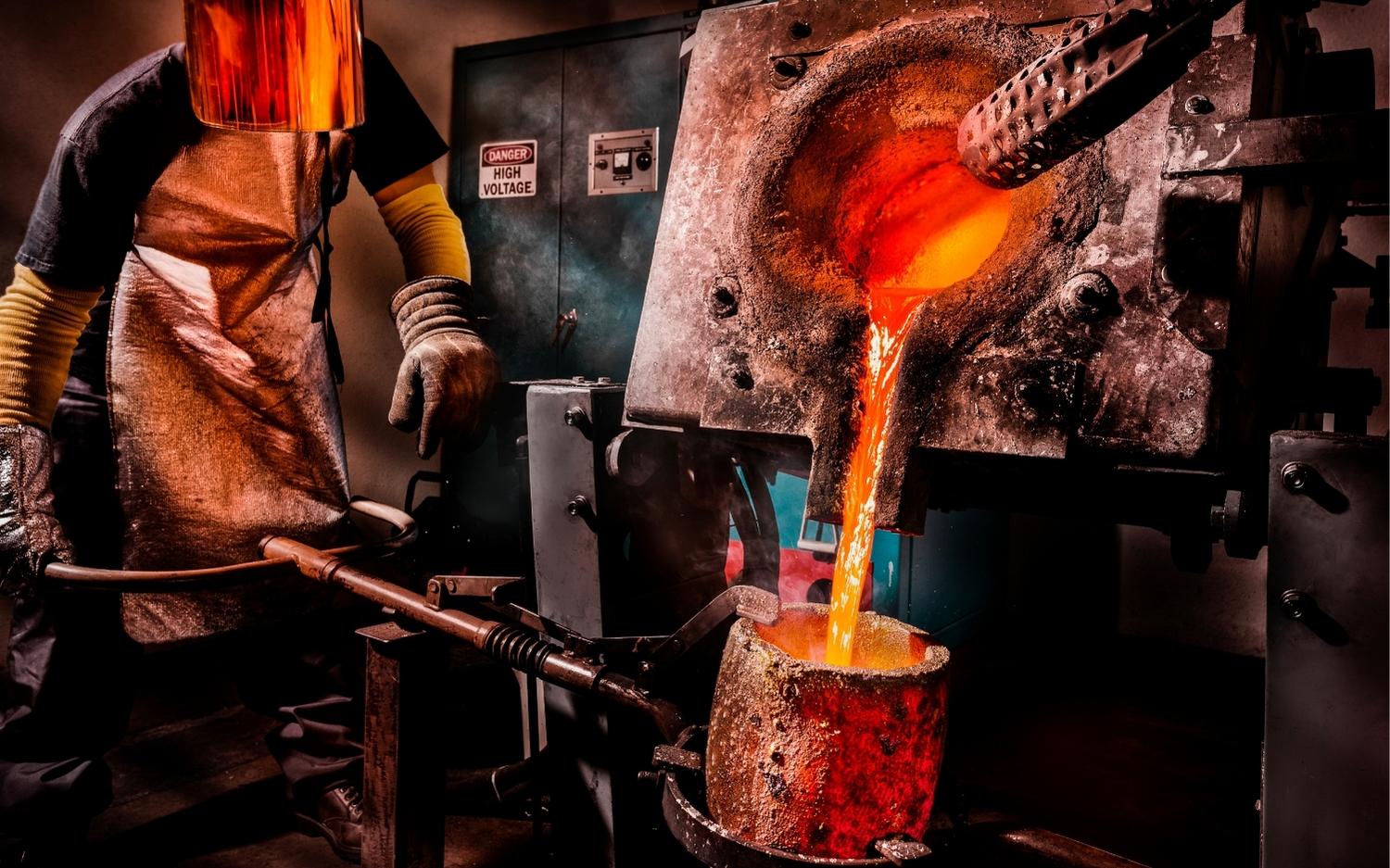
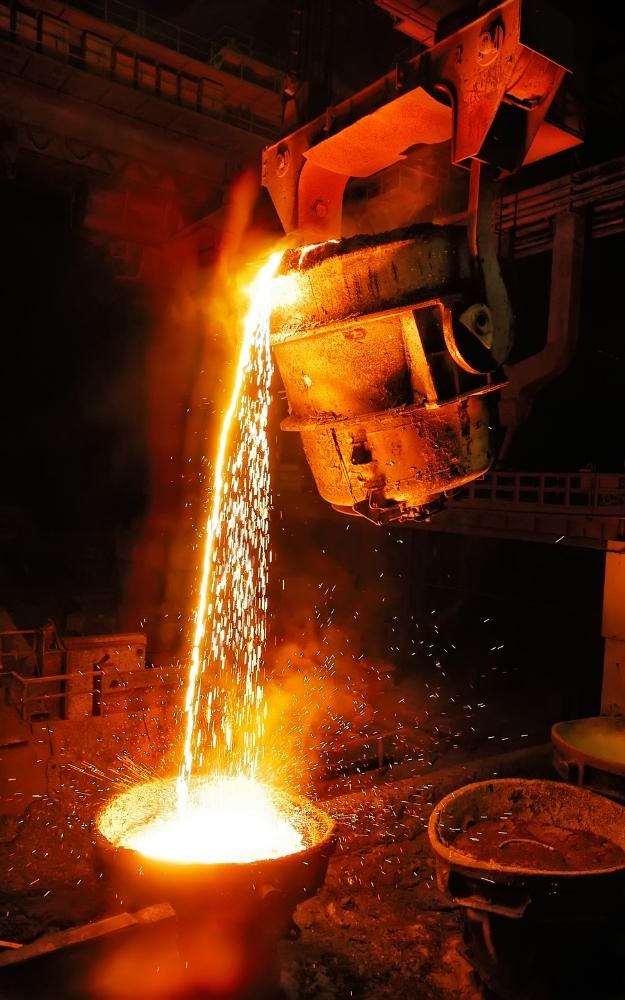
What is Iron Foundry
Feasibility Report on Iron Foundry.
A foundry is a facility that produces metal castings. Metals are cast into shapes by melting them into a liquid, pouring the metal into a mold, and then removing the mold material when the metal cools. Aluminum and cast iron are the two most often treated metals. Bronze, brass, steel, magnesium, and zinc are some of the other metals utilized in foundries to manufacture castings. During this operation, parts of various shapes and sizes can be manufactured.
Foundries contribute significantly to the manufacturing recycling movement by melting and recasting millions of tons of waste metal each year to generate new long-lasting commodities. Furthermore, sand is used in the molding process by numerous foundries. Another sort of recycling that these foundries routinely use, recondition, and reuse is sand.
To completely comprehend a foundry, one must first comprehend the casting process. The general steps in casting are patternmaking, molding, melting, pouring, ejection, cleaning, fettling, and inspection. Molds are meticulously formed with a pattern – a wood or metal replica of the thing to be cast – because the final casting shape coincides with the mold it is poured into. The most common mold material is silica sand, however depending on the casting metal and technique used, they can be formed from a variety of materials. A melting furnace is “charged” with metal and heated above the metal’s melting point.
Once the molten metal has achieved a certain pouring temperature, it is tapped from the furnace into a refractory lined steel pouring ladle via a spout. The molten metal’s surface is scraped free of slag and impurities. The ladle is then twisted so that molten metal can pour into the cavity of the mold.
Feasibility Report Sample On Iron Foundry
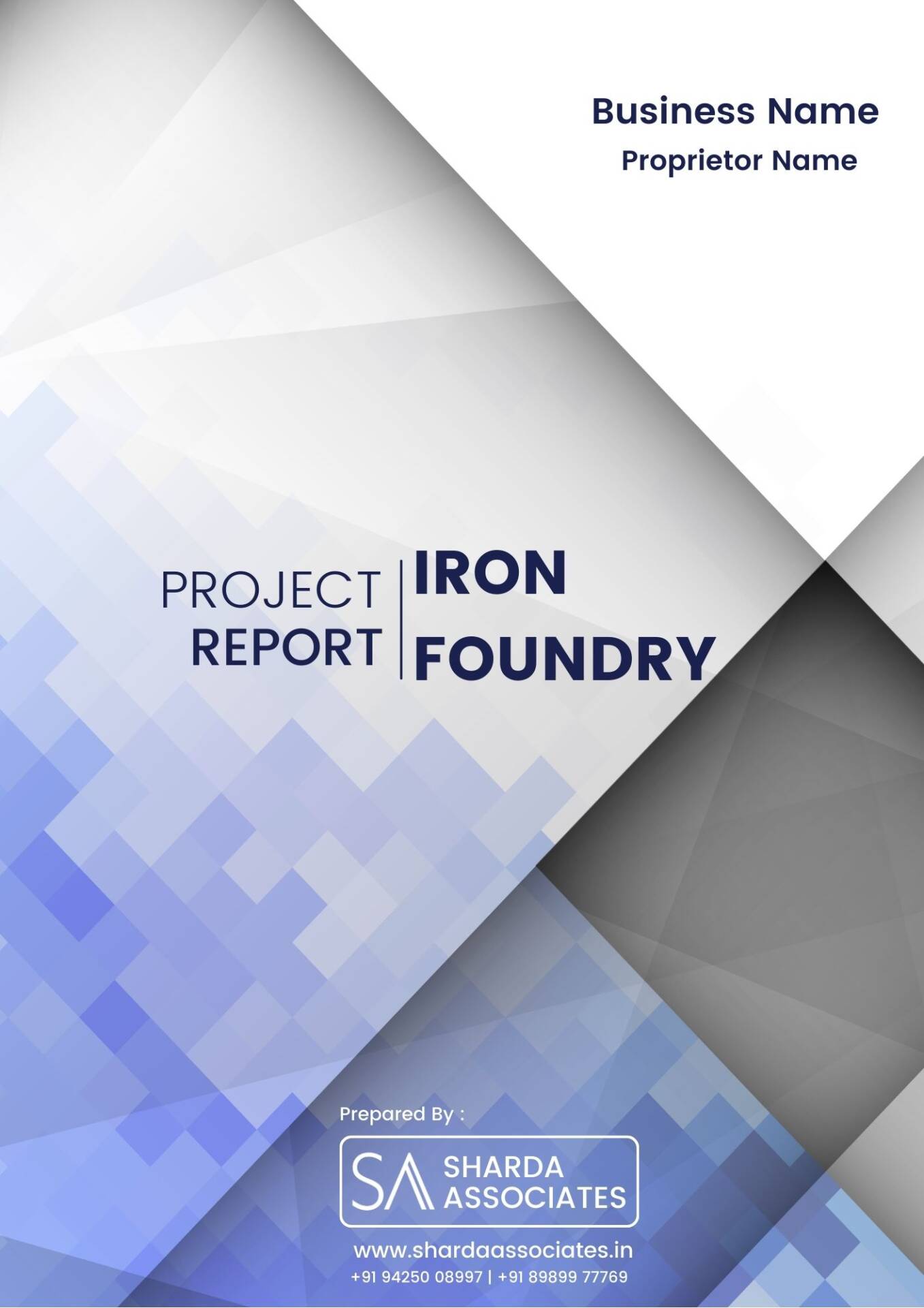


Market Strategy Of Iron Foundry
The Global Iron Casting Market is estimated at USD 10.2 billion in 2022 and is expected to reach USD 15.13 billion by 2030, growing at a 5.8% CAGR (Compound Annual Growth Rate) between 2023 and 2030.
The global iron casting market has risen significantly in recent years, driven by demand from diverse industries such as automotive, construction, and industrial machines. The increasing demand for iron-casting products is attributed to their great strength, durability, and cost-effectiveness. We predict that gray cast iron will account for more than 64% of total sales in the Iron Casting Market. Gray cast iron is a low-cost alternative to other types of iron and metal alloys, making it a popular choice for a wide range of applications.
Iron castings are widely used in the automotive sector, where they are used to manufacture engine blocks, cylinder heads, and brake systems, among other things. The worldwide automotive sector has developed significantly in recent years, thanks to rising disposable income, a growing population, and urbanization. This expansion is projected to continue, boosting demand for iron castings in the automotive industry.
